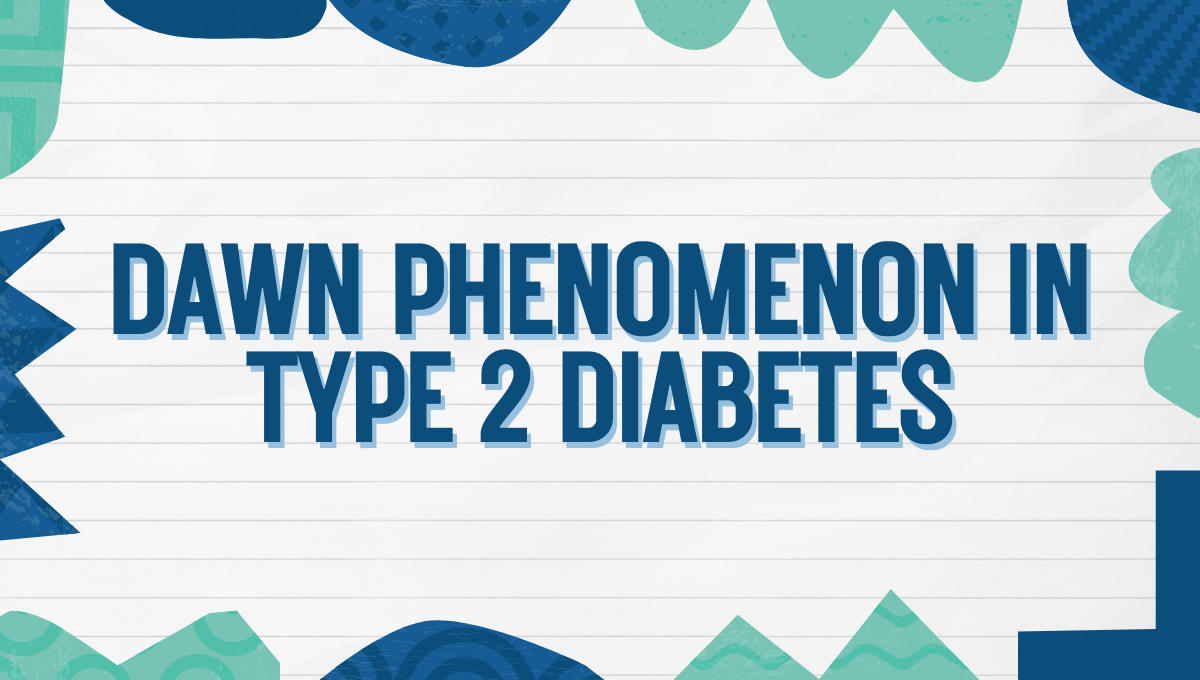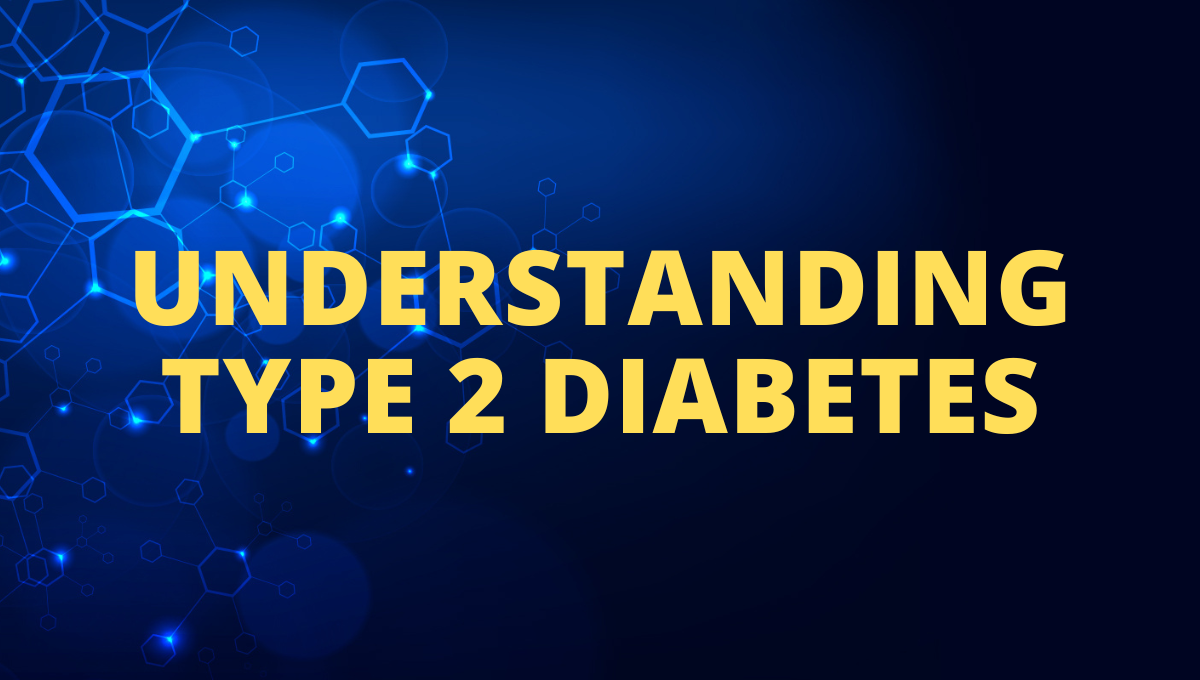Medical solutions
OxyGeneo an innovative skincare treatment
OxyGeneo is an innovative and effective treatment for those looking to improve the appearance of their skin. It combines three treatments in one session that help to exfoliate, nourish, and oxygenate the skin. OxyGeneo prides itself on being a pain-free, non-invasive procedure that can restore your skin’s natural glow with minimal downtime or risks associated with other solutions. Whether you are aiming for smoother, more even-toned skin or a more lifted complexion, OxyGeneo can provide notable results.
Health And Beauty
Dawn Phenomenon in Type 2 Diabetes
Do you ever wake up to higher blood sugar levels despite not eating anything during the night? If so, you may be experiencing the mysterious phenomenon known as the Dawn Phenomenon in Type 2 Diabetes. In this blog post, we will delve into what causes this spike in blood sugar and explore ways to manage it effectively. So grab a cup of coffee and let’s unravel the mysteries of dawn phenomenon together!
Health And Beauty
Understanding Type 2 Diabetes: A Comprehensive Guide
Welcome to “Understanding Type 2 Diabetes: A Comprehensive Guide.” In this informative blog, we embark on a journey to unravel the complexities of type 2 diabetes, offering you a wealth of knowledge to empower your understanding. From the fundamental mechanisms of the condition to the latest breakthroughs in treatment, our guide is designed to be your trusted companion in navigating the landscape of type 2 diabetes. Whether you’re newly diagnosed or seeking to enhance your knowledge, join us on this exploration of insights, practical tips, and holistic approaches to better manage and thrive with type 2 diabetes. Let’s embark on this journey together towards a healthier, more informed life.
Health And Beauty
The Keto Diet: A Path to Reversing Type 2 Diabetes Without Medication
Are you tired of relying on medication to manage your type 2 diabetes? Looking for a natural and effective solution to reverse this chronic condition? Look no further! In this blog post, we will explore the incredible potential of the keto diet as a path to reversing type 2 diabetes without any medications. Get ready to embark on a journey towards better health, increased energy levels, and freedom from the shackles of medication. It’s time to take control of your destiny and discover how the keto diet can transform your life for good!
-
3D Technology12 months ago
3D Scanner Technology for Android Phones: Unleashing New Possibilities
-
Marketing & Analytics1 year ago
How SMS Services And Software For Bulk SMS Sending Can Help Your Business Grow
-
Marketing & Analytics1 year ago
A Complete Guide To HubSpot’s New B2B Marketing, Sales Hub, and Prospecting Tool
-
3D Technology1 year ago
Mobile 3D Scanners: Revolutionizing 3D Scanning Technology
-

 Business Solutions5 months ago
Business Solutions5 months agoUnderstanding A2P Messaging and the Bulk SMS Business Landscape
-
3D Technology2 years ago
3D scanning technologies and scanning process
-

 Business Solutions4 months ago
Business Solutions4 months agoThe Power of Smarts SMS and Single Platform Chat Messaging
-
Industrial Solutions2 years ago
The Connected Worker Platform And Industry 4.0 Safety














